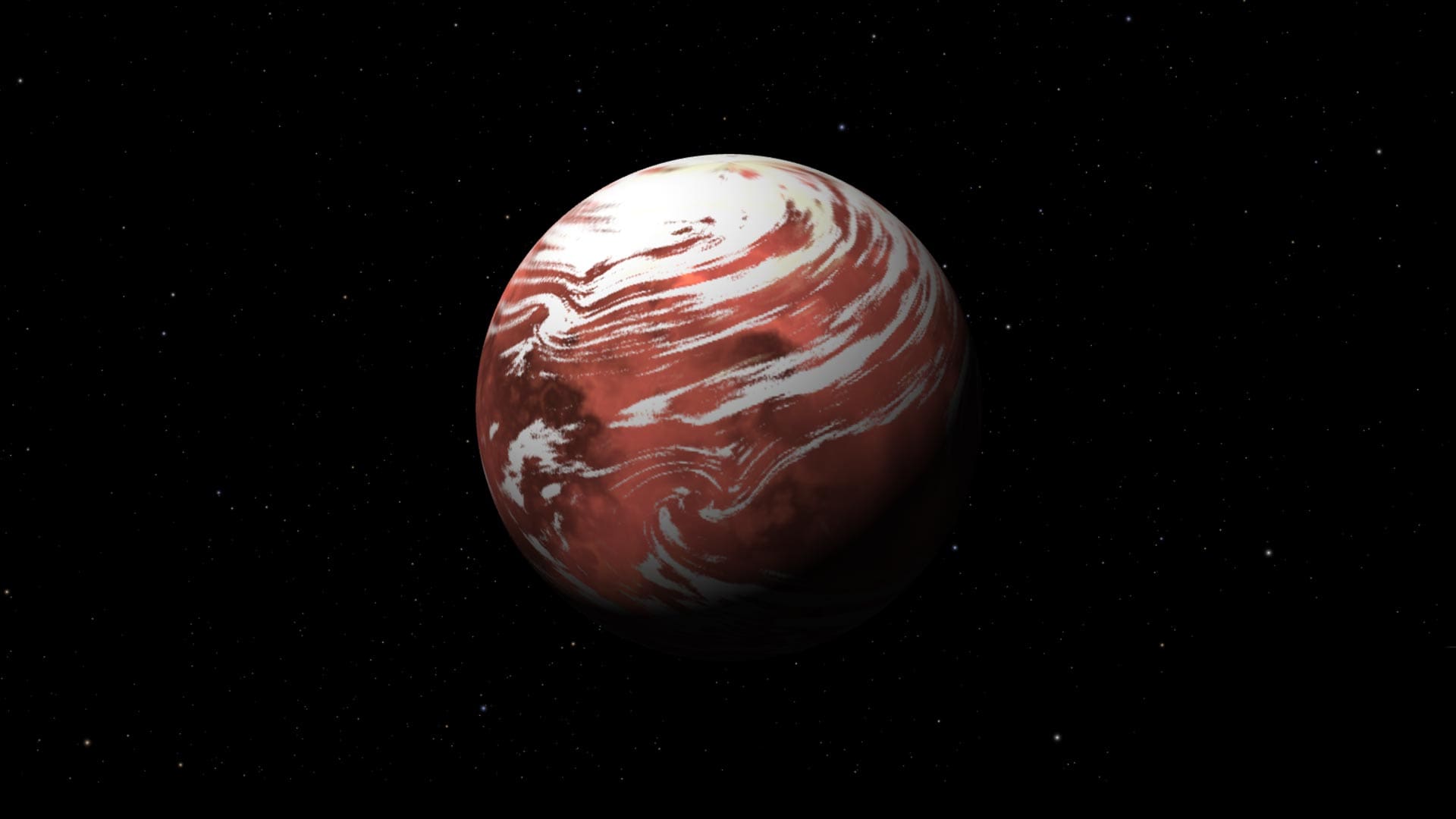Have We Found A New Super Earth?
While Elon Musk has his sights set on Mars soon to be renamed X as the next step for hedging humanity’s chances of ongoing survival, NASA and JPL might just have found another less arid option. TOI-715 b emerges as a beacon of intrigue. This super-Earth, situated a mere 137 light-years from our own planet, lies comfortably within the habitable zone of its solar system. It’s a world that’s about one and a half times the size of Earth, perfectly positioned to potentially harbor life as we know it.
What sets TOI-715 b apart is its dance around a red dwarf, a type of star that’s cooler and less intense than our sun. This allows the planet to maintain a close orbit, completing a full circle every 19 days, without suffering from the extreme conditions that often plague other closely orbiting exoplanets. It’s as if TOI-715 b has found the perfect balance, a sweet spot where the conditions for life could just be right.
This fascinating planet was spotted by a NASA telescope, capturing its silhouette as it passed in front of its dim star. While we can only see TOI-715 b as a shadow from our vantage point, imaginative renditions provide a glimpse into what this distant planet might look like.
Published in the Monthly Notices of the Royal Astronomical Society, the discovery of TOI-715 b adds a significant chapter to our ongoing exploration of the universe. Each new exoplanet we uncover brings us closer to understanding the diversity and complexity of the cosmos, pushing the boundaries of what we know about habitable worlds beyond our solar system.

